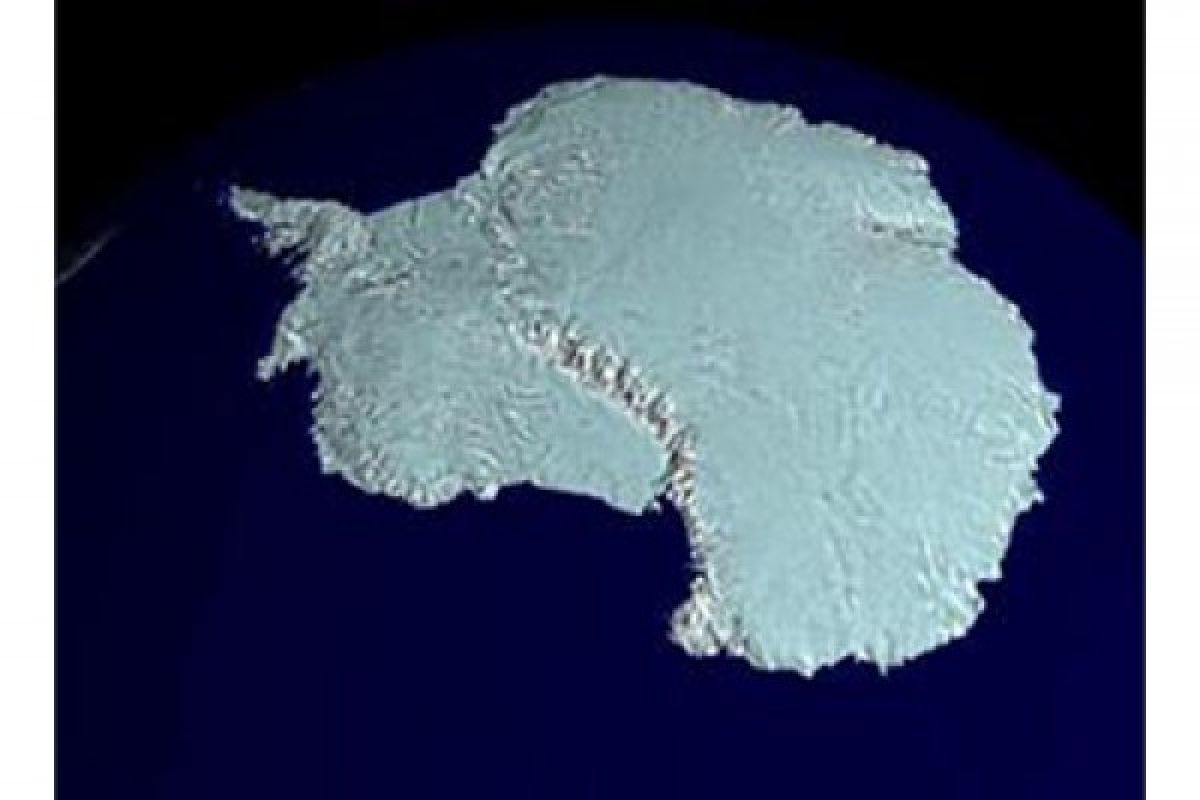"It was a world we hadn`t quite expected."Chicago (ANTARA News/Reuters) - A study by polar researchers has revealed an ancient community of bacteria able to thrive in the
lightless, oxygen-depleted, salty environment beneath nearly 70 feet (20 metres) of ice in an Antarctic lake, giving insight into the unique ecosystem.
The research, funded by the National Science Foundation and NASA, provides clues about biochemical processes not linked to sunlight, carbon dioxide and oxygen - or photosynthesis.
The authors of the study say it may explain the potential for life in salty, cryogenic environments beyond Earth, where energy in ecosystems is typically fueled by the sun.
The study, published this week in Proceedings of the National Academy of Science, came out of a collaborative effort of polar researchers from a number of institutions, including the University of Illinois at Chicago, Montana State University and the University of Colorado.
The energy driving bacterial life in Lake Vida, a mostly frozen, brine lake below the Antarctic ice shield, may be derived from chemical reactions between the salt water and the underlying, iron-rich rock, researchers said.
Conditions at Lake Vida are similar to habitats on Mars and are believed to be present elsewhere in the solar system, creating a potentially new framework for evaluating the likelihood of extraterrestrial life and how it might be sustained.
"It can tell us about the origins of life on Earth and it also educates us about looking for life elsewhere," said Peter Doran, principal investigator with the Lake Vida project and environmental sciences professor at the University of Illinois at Chicago.
Researchers analyzed cores lifted from Lake Vida during expeditions in 2005 and 2010. Earlier explorations indicated that ice layers had cut the lake off from sunlight and Earth`s atmosphere for roughly 3,000 years.
Microbiologist Christian Fritsen, a co-author of the paper and professor at the Desert Research Institute in Nevada, said an examination of the cores showed a lake six times saltier than sea water with an average temperature of 8 degrees Fahrenheit (-13 Celsius) and the highest nitrous oxide levels of any natural water body on Earth.
Researchers had expected little or no life under such extreme conditions, Fritsen said.
"When I first looked down the microscope for bacteria, there was so much more than I ever imagined. It was a world we hadn`t quite expected," he said.
The microbes in the isolated lake contain representatives from eight major bacterial groups, suggesting a complex ecosystem instead of a remnant population of a single life form, the research shows.
"It`s a dual-edged sword: We don`t want to sensationalize the findings but, at the same time, it`s very exciting," Fritsen said.
(U.C003)
Reporter: By Laura Zuckerman
Editor: Priyambodo RH
Copyright © ANTARA 2012










